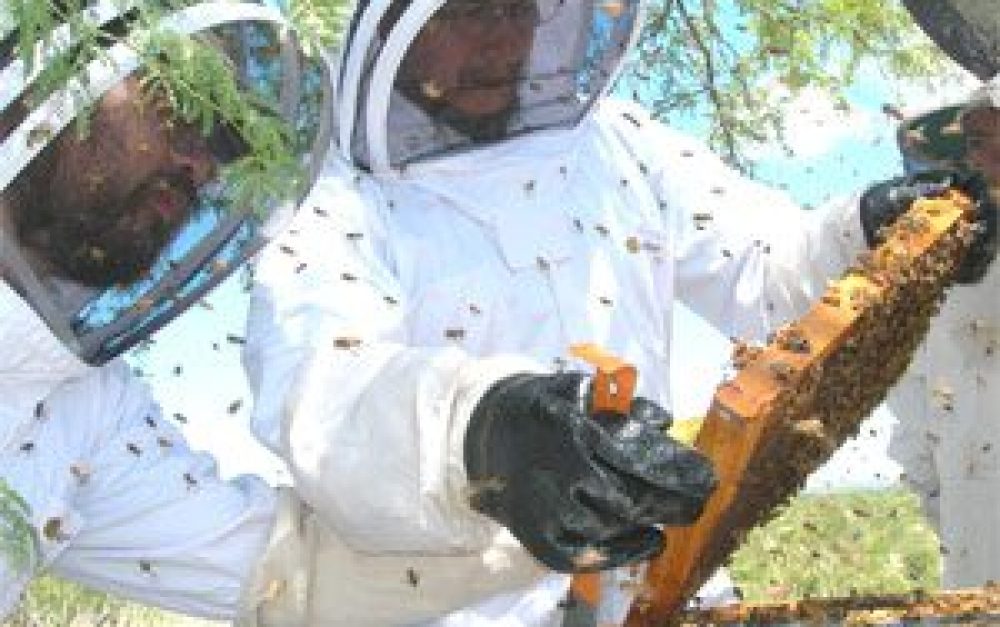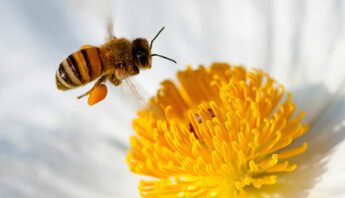Last week’s New York Times article, “Scientists and Soldiers Solve a Bee Mystery,” has set CCD observers abuzz, and prompted at least one counter from a journalist for CNN Money. Colony Collapse Disorder, or CCD, is the name given to the mysterious decline of honeybee populations around the world beginning around 2006. Each winter since, one-third of the U.S. honeybee population has died off or disappeared (more than twice what is normal). Scientists have been investigating the decline, and while CCD appears to have multiple interacting causes, a range of evidence points to sub-lethal pesticide exposures. Neonicotinoids are a particularly suspect class of insecticides; so much so that Italy and France have banned or restricted their use to protect their honeybee populations. This class of insecticides is highly neurotoxic to bees, and works by disabling insects’ immune and nervous systems. Also notable is the fact that these systemic pesticides, which are applied at the root or seed and then taken up by the plant’s vascular system, have seen a manifold increase in use since around 2005.
At issue in the NYT piece is the conspicuous absence of pesticides as a causal factor in the purported “solving” of CCD (a “fungus tag-teaming with a virus”). As Katherine Eban of CNN Money points out, “What the Times article did not explore — nor did the study disclose — was the relationship between the study's lead author, Montana bee researcher Dr. Jerry Bromenshenk, and Bayer Crop Science. In recent years Bromenshenk has received a significant research grant from Bayer to study bee pollination.”
Bayer is a maker of neonicotinoids. As PAN reported last year, Syngenta is another neonicotinoid manufacturer apparently exerting undue influence on honeybee research through undisclosed funding arrangements with researchers. Syngenta-sponsored bee research was likewise conspicuous for its lack of attention to the role of pesticides in CCD.
Colorado beekeeper Tom Theobald called pesticides the “elephant in the room that’s not being talked about” in a radio interview responding to the NYT article. Theobald lamented the article’s over-reach, noting that the newly discovered virus is simply co-present with CCD and that correlation does not mean causation. Many scientists and beekeepers believe that sub-lethal pesticide exposure weakens bees immune and nervous systems, rendering them susceptible to the increase in disease and apparent decrease in navigational abilities that are the hallmark symptoms of CCD.
Pesticides are the elephant in the room – Beekeeper, Tom Theobald
Theobald concluded, “Pesticides are the portion of this problem that can be most immediately addressed without any new money, any new people, any new laws…. If we don’t solve this pesticide problem, these other things aren’t going to matter. We’re going to have some of the best-looking cadavers that we’ve had in years.”
The New York Times article ran front page. They have yet to issue a correction or ammendment.
Take Action » PAN activists may write or call the paper, urging a correction nytnews@nytimes.com or 1-888-NYT-NEWS (1-888-698-6397). More effective yet may be a Letter to the Editor or OpEd. PAN's new Action Center makes doing either easy.







